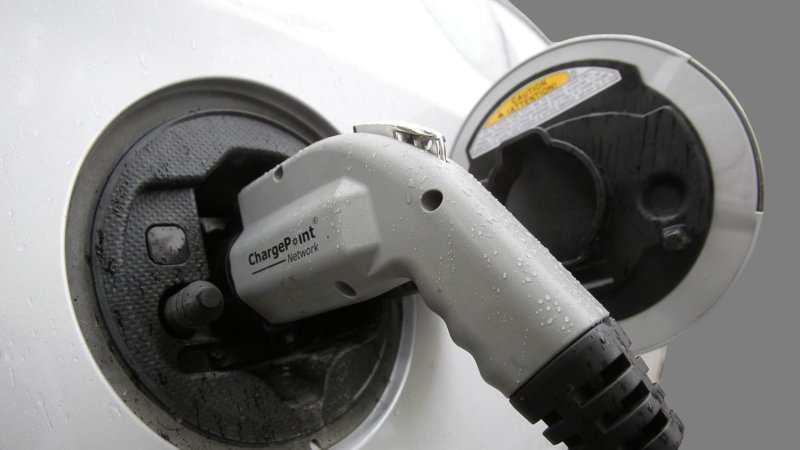$12,000 per car is the cost penalty for building EVs, McKinsey study finds

There's an old salesman's joke that says, "We lose money on every sale ... but we make it up on volume." Which seems to be the state of affairs in the electric vehicle space, although it is only the first part that's true, and so the OEMs probably don't find it to be all that funny.
According to researchers at McKinsey & Company, "new EV models are launching at a rate of approximately 120 a year" on a global basis, yet, they have calculated, EVs "often cost $12,000 more to produce" than comparable small-to-midsize sedans or crossovers with internal combustion engines (ICEs).
Having more vehicles that will allow companies to lose more money is probably not a plan for anything other than filing papers in a bankruptcy court.
However, McKinsey reckons that OEMs can reduce the costs of producing EVs by from $5,700 to $7,100 by making several changes, one of which is de-contenting, which isn't exactly a way to win over customers unless it is done with a deft hand, not a meat cleaver.
One of the recommendations that does potentially address de-contenting in a nearly transparent way is to focus on a dedicated EV platform that allows the OEM to not have to make modifications from existing architectures to accommodate the electronics, motors, batteries and the like. Through what the report describes as "design simplifications and value-neutral de-contenting," as much as $2,400 can be saved, which is the single biggest factor in reducing the overall price of the vehicle.
There can be savings up to $600 in assembly operations, thanks to the reduced complexity of the EV build, which is best done in an EV-only facility.
Another savings — this as much as $2,100 per vehicle — would be the result of what McKinsey calls "optimizing for urban mobility." This argument goes to the point of the available range offered by EVs in relation to the average vehicle-miles traveled (VMT). The researchers point out that the VMT for the urban population in the U.S. is 20 miles per day. But they up that to 30 miles per day to account for those who drive more.
Which leads them to argue that the EV should have a battery capacity that equates to 160 miles of range. That battery would have a capacity of 40 kWh. Compared to one with 50 kWh, a savings of $1,900 to $2,100 is achieved, while providing a range that would "still enable most consumers, especially those in urban environments, to complete trips without any sacrifice to their daily routines."
McKinsey also recommends that OEMs partner during the period of transition to more electrification. By co-development of an EV platform as well as sharing production facilities, not only are there reductions in engineering costs, but benefits derived from increased production volumes. This would reduce per-vehicle costs on the order of $1,500 to $2,000. An example of this is Ford's just-announced $500 million investment in Rivian, for which it will get access to Rivian's platform to build an EV of its own.
All that said, even if a total $7,100 savings is achieved there is still a $4,900 difference between the EV and the internal-combustion powered vehicle.
However, looking ahead to 2025, the McKinsey researchers think that due to factors including improved scale economies and improvements in battery costs, "an OEM could expect to break even in cost with EVs compared to ICE vehicles, and thus even achieve a profit margin of 2 to 3 percent per vehicle."
But getting there, they acknowledge, will "require some bold steps" in how the OEMs operate internally.
Related News
